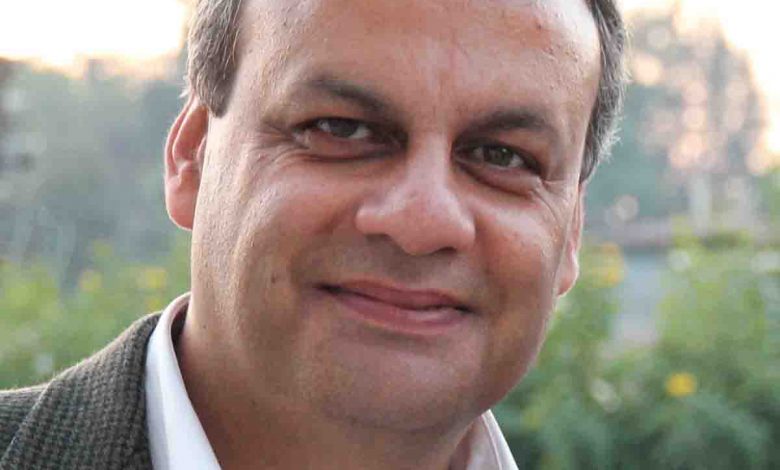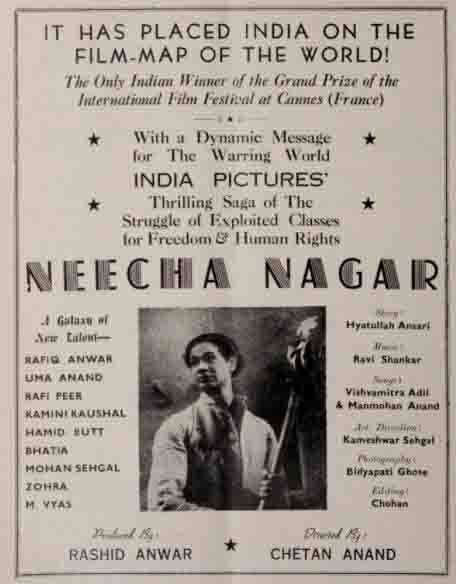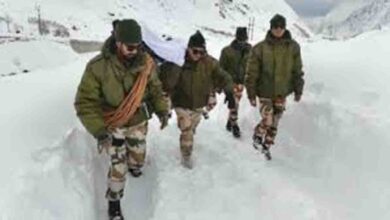The Legacy of Neecha Nagar and Uttarakhand

Sunday, 19 December 2021 | Lokesh Ohri | in Guest Column
HILLBILLY
With the release in 1955 of Satyajit Ray’s debut, Pather Panchali, an eloquent and important new cinematic voice made itself heard all over the world. A depiction of rural Bengali life in a style inspired by Italian neo-realism, this poetic evocation of a number of years in the life of a family introduces us to both little Apu and, just as essentially, the women who will help shape him: his independent elder sister, Durga; his harried mother, Sarbajaya, who, with her husband away, must hold the family together; and his kindly and mischievous elderly aunt, Indir. All characters were vividly crafted with Ray bringing out deftly the layers amongst all his characters. With resplendent cinematography informed by its young protagonist’s perpetual sense of discovery, Pather Panchali, which received an award for Best Human Document at Cannes, is undoubtedly an immersive cinematic experience and a film of elemental power.
Works from great masters such as Satyajit Ray need to be celebrated for the global recognition they brought to Indian cinema, and given their due. However, while acknowledging the master from Bengal and others, we must not forget to celebrate the only Indian film to win the Palme d’Or thus far. The film I refer to is Chetan Anand’s directorial debut, Neecha Nagar, a film made in 1946, almost a decade before Ray’s masterpiece. Even more significant for film buffs in the state of Uttarakhand should be the fact that five individuals closely associated with the project were, at that point in time, connected with and living in the Himalayan mountains.
To begin with, Chetan Anand himself worked at the Doon School from 1940 to 1944.During his tenure as a teacher in Dehradun, he taught history, while also training students in the then eight-year-old school in English theatre and tennis. During this time, he was also visited by his more famous brother, Dev Anand, at an impressionable twenty years, who had not yet taken to acting.
Chetan’s first love was cinema, and he would soon give up teaching to move to Bombay to direct Neecha Nagar, which had in its cast Mohan Segal and Zohra Segal, who were then part of the Uday Shankar India Cultural Centre, established by the globally acknowledged dance maestro Uday Shankar at Simtola, Almora. In fact Zohra Segal began her illustrious career as a choreographer with this film. Also in the cast was Chetan Anand’s wife, Uma. The music direction was by Pandit Ravi Shankar, who had also joined his brother Uday Shankar in Almora as a student.
Chetan Anand’s debut film,Neecha Nagar, or lowly city, was based on Maxim Gorky’s best-known play, The Lower Depths(1902), and stands proudly amidst a triad of films that released in 1946. Along with KA Abbas’s Dharti Ke Lal and V Shantaram’s Dr Kotnis Ki Amar Kahani, it can, in retrospective be celebrated as a film that pioneered the parallel cinema movement in India.
A stark portraiture of social realism, and as relevant now as it was in that time, the film was way ahead of its time. Today, when just being selected for the showcase at Cannes is big news for any film, few remember that Neecha Nagar is the only Indian film to have won the coveted Palme d’Or at the very first edition of the Cannes Festival. Yet, while internationally nominated films and filmmakers continue to be felicitated in India and abroad, Neecha Nagar did not even get a wide commercial release.
Made in the final years of the British Raj, the film provides valuable insights into the mood of the nation then, especially of its restless and revolutionary young, who were prepared to make any personal sacrifice for achieving the country’s independence. It is worth pondering over how its protagonists – the Gandhi-cap clad Balraj (Rafiq Anwar) and his charkha-spinning sister Rupa (Kamini Kaushal) managed to escape the British censors. These visual reminders apart, Balraj’s non-cooperative campaign against the modern rulers, the corporate elite, shown wearing Western attire and driven by a tyrant capitalist mindset, closely echoed the Mahatma’s methods of protest.
The film effectively argues that a turn towards leftist idealism is probably the only solution to the common man’s problems and struggles. Chetan Anand and his group of actors and technicians were influenced by the Indian People’s Theatre Association (IPTA), a prominent cultural outfit that had supported Neecha Nagar.
Another interesting factor in the film is that it appeals to the innate good in every human being, rich or poor. This can be directly attributed to Gandhi’s faith in the power of non-violent protests to achieve amity between the oppressed and the oppressor by appealing to the soul of the latter. The industrialist being named Sarkar, meaning government, is no mere coincidence. It showed that the corporate class, and not the elected representative, is vested with decision-making powers. The film innovatively blended documentary footage with enacted scenes, Chetan Anand’s signature style, which lends it the feel of a researched docu-drama.The film’s characters come from the world of theatre, but credit goes to the director that he has desisted from making his film or its characters over the top, loud and theatrical.
A valuable social document, the concerns of Neecha Nagarare as relevant today as at the time of its making. The film remains a prominent achievement by one of the most experimental auteurs of Indian cinema who never got his due. Such is the impact of his debut that it will compel any serious student of cinema to delve further into his eclectic oeuvre ranging from India’s first war film Haqeeqat, made in 1966 to Hindi cinema’s first musical drama, Heer Ranjha shot in the 1970s.
Uttarakhand would do well to commemorate, in some form, the making of this film that brought global recognition to Indian cinema, especially because so many of its cast and crew lived and worked here.
(The writer is an anthropologist, author, traveler & activist who also runs a public walking group called Been There, Doon That? Views expressed are personal)







